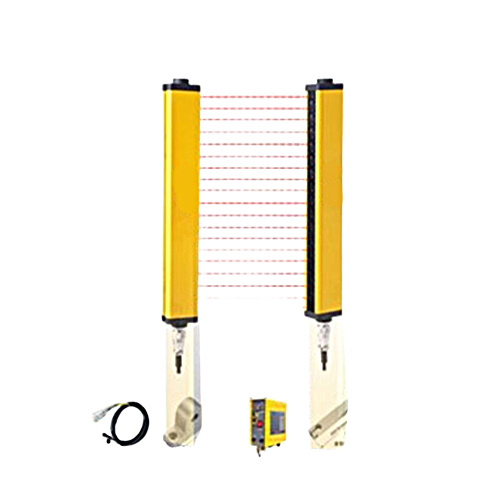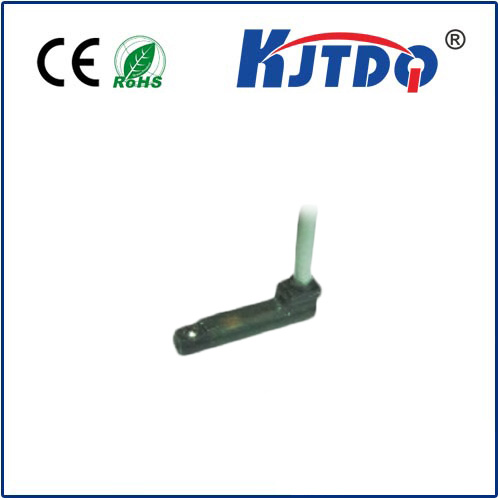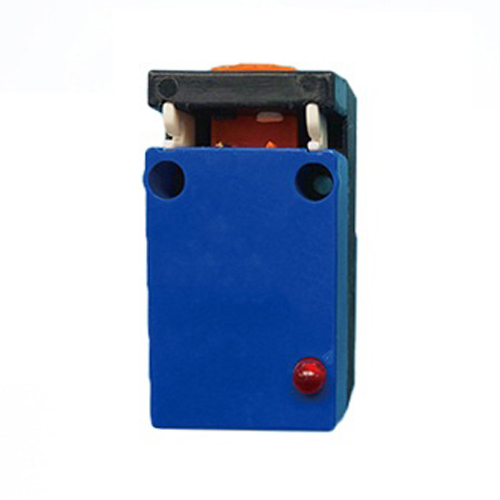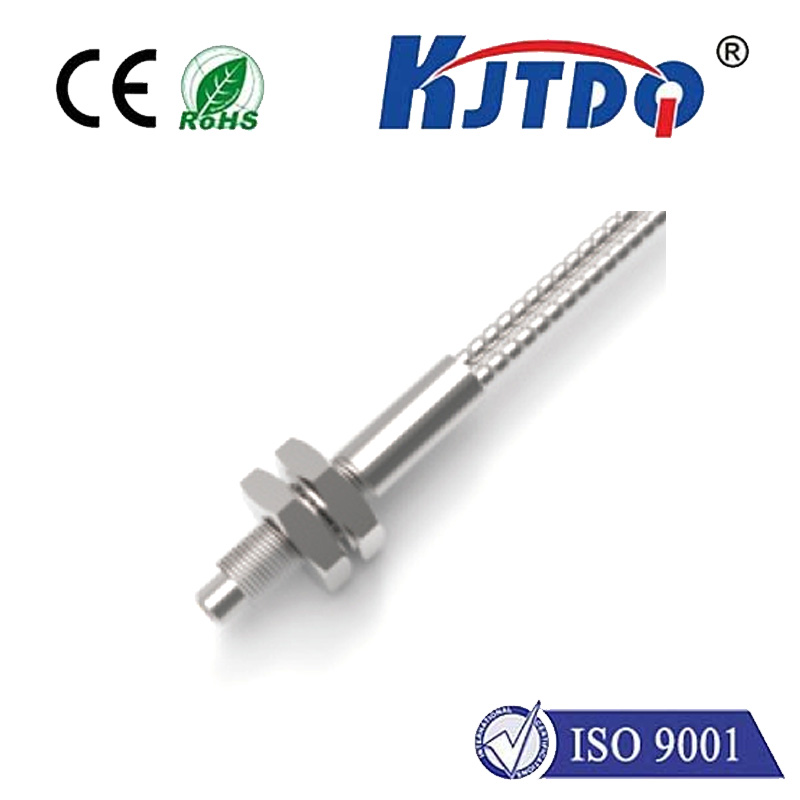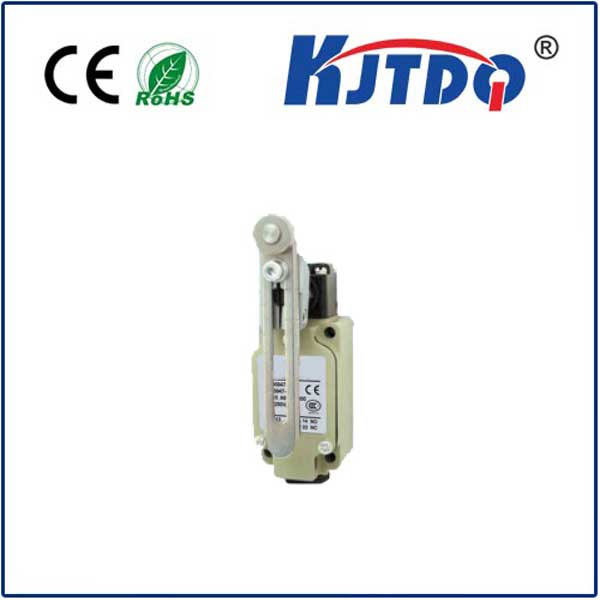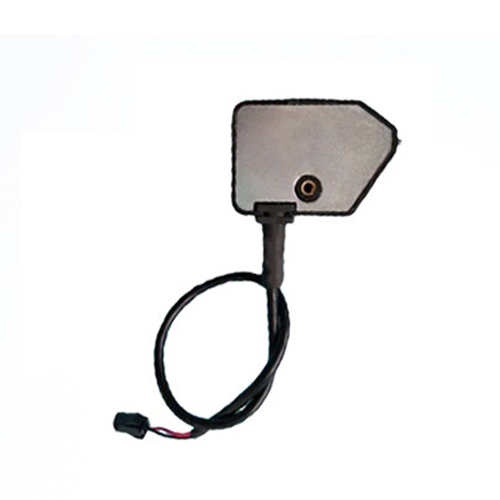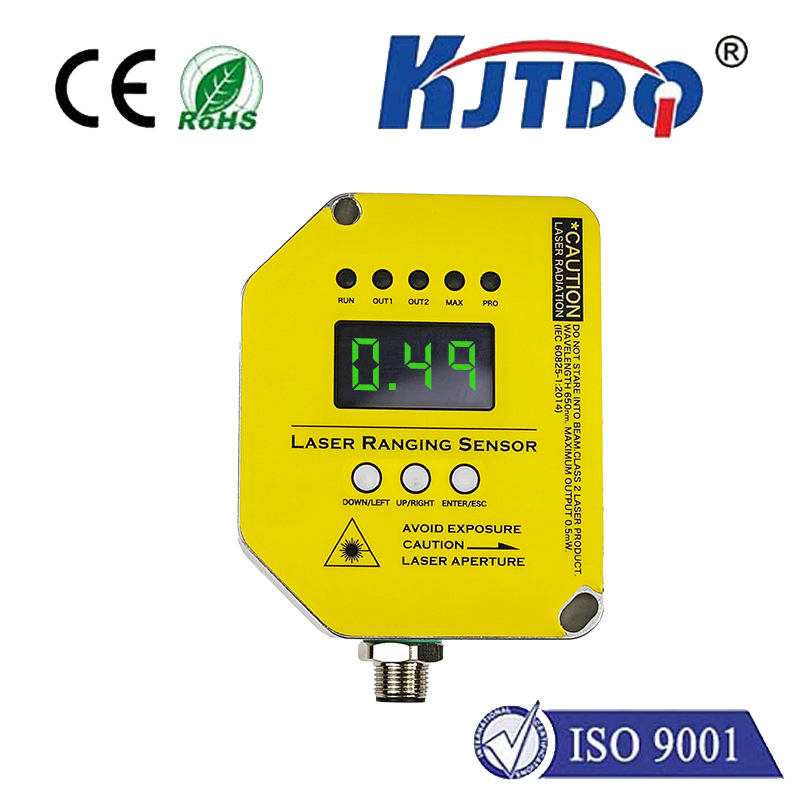m20 proximity sensor
- time:2025-09-08 10:33:43
- Click:0
M20 Proximity Sensors: The Robust, Reliable Workhorses of Industrial Automation
Imagine a critical manufacturing line grinding to a sudden halt. The culprit? A failed component responsible for detecting the position of a vital part. Downtime costs soar, production schedules crumble. In countless industrial environments, preventing such scenarios hinges on one fundamental task: reliable object detection. This is where the M20 proximity sensor shines – an unsung hero in the world of automation, offering unparalleled durability and precision in a compact, standardized form factor.
Demystifying the M20 Proximity Sensor
At its core, an M20 proximity sensor is a non-contact sensing device. It detects the presence, absence, or position of a metallic object (or sometimes non-metallic, depending on type) without any physical touch. The “M20” designation specifically refers to its standardized threaded housing diameter of 20 millimeters. This common size makes it incredibly versatile and easy to integrate into existing machinery, panels, and mounting fixtures worldwide. They are predominantly inductive sensors, generating an electromagnetic field to detect ferrous metals like iron and steel. However, capacitive versions (detecting non-metals) and ultrasonic types also exist within the M20 form factor. Their fundamental advantage? Exceptional reliability and longevity in harsh industrial settings – think vibration, dust, moisture, and temperature extremes – thanks to their non-contact nature and robust construction, often boasting IP67, IP68, or IP69K ingress protection ratings.
How Does an M20 Proximity Sensor Work? (Inductive Principle)
Let’s focus on the most common type: the inductive M20 sensor. Its operation is elegantly simple yet highly effective:

- Generating the Field: Inside the sensor head lies an oscillator circuit generating a high-frequency electromagnetic field.
- Disturbance Detection: When a metallic object (the “target”) enters this field, eddy currents are induced on the target’s surface.
- Damping Effect: These eddy currents draw energy from the oscillator circuit, causing a damping or reduction in the oscillation amplitude.
- Signal Processing: An internal circuit monitors this amplitude change. Once the damping reaches a predetermined threshold (indicating the target is sufficiently close), the sensor’s output state switches.
- Output Action: This switch typically activates or deactivates an output transistor (NPN or PNP), sending a clear signal (like 0V or 24V DC) back to the control system (PLC, robot, etc.). This signal tells the system: “Target detected!” or “Target absent!”
Key Specifications and Why They Matter
Choosing the right M20 sensor isn’t just about the thread size. Understanding these critical specs ensures optimal performance:
- Sensing Distance (Sn): The nominal distance at which the sensor reliably detects a standard target. M20 inductive sensors commonly offer Sn ranges from 2mm to 8mm. Crucially, always consult the datasheet – actual sensing distance depends on target material, size, and shape.
- Output Type: Defines how the sensor communicates its state:
- NPN (Sinking): Switches the negative (-) line to the load. Common in Asia and universal input cards.
- PNP (Sourcing): Switches the positive (+) line to the load. Predominantly used in Europe and the Americas.
- NO (Normally Open) / NC (Normally Closed): Refers to the output state when no target is present. NO is open circuit; NC is closed circuit. Selection depends on the safety logic of your application.
- Operating Voltage: The DC voltage range the sensor requires, typically 10-30V DC. Ensure compatibility with your machine’s control voltage.
- Housing Material: Usually nickel-plated brass or stainless steel (V4A/AISI 316L). Stainless steel offers superior corrosion resistance for aggressive environments (chemicals, salt spray, food processing).
- Protection Rating (IP Code): Essential for durability. IP67 (protected against temporary immersion), IP68 (protected against continuous immersion), and IP69K (protected against high-pressure, high-temperature water jets) are common for M20 sensors in demanding industrial use. Match the IP rating to your environment.
- Switching Frequency: How many times per second the sensor can reliably detect an object passing by. Higher frequencies are needed for high-speed applications like packaging lines.
M20 Sensors: Where Reliability Meets Application
The standardized M20 form factor and robust design make these sensors ubiquitous across countless industries:
- Machine Tooling: Detecting tool presence/absence, workpiece positioning, clamp verification, and end-of-travel limits on CNC machines, lathes, and mills.
- Material Handling & Packaging: Monitoring conveyor belt jams, counting products, verifying case/tote presence, controlling gripper positions on robots, and detecting fill levels (using capacitive M20s for non-metals).
- Automotive Manufacturing: Ensuring components are in place before assembly steps, verifying robotic weld gun closure, detecting vehicle position on assembly lines, and controlling pneumatic cylinder end positions.
- Food & Beverage Processing: Stainless steel (V4A) M20 sensors excel here, detecting metal lids, cans, bottles, and machinery components while withstanding washdown (IP69K).
- Printing & Paper Industry: Monitoring paper roll diameter, detecting sheet presence, controlling web guide systems, and verifying cutter positions.
- Assembly Automation: Precisely locating parts on pallets, confirming component insertion, and verifying actuator positions in intricate assembly processes.
Installation and Integration Best Practices
Maximizing the lifespan and accuracy of your M20 sensors involves mindful installation:
- Mounting: Securely fasten using the M20 thread. Prevent overtightening. Ensure the mounting material is rigid enough to minimize vibration.
- Alignment: Position the sensor face parallel to the target surface for optimal sensing distance and repeatability. Side-mounting usually reduces Sn.
- Target Considerations: The ideal target is flat, square to the sensor face, and made of the material specified for Sn (usually mild steel). Smaller targets require closer mounting; round targets reduce Sn.
- Environment: Consider temperature extremes, potential chemical exposure, and impact risk. Choose the appropriate housing material and IP rating. Provide adequate shielding if welding nearby is common.
- Wiring: Use shielded cable in electrically noisy environments. Connect strictly according to the wiring diagram (NPN vs. PNP, NO vs. NC). Ensure correct polarity and voltage. Protect cables from abrasion.
- Maintenance: Regularly inspect for physical damage, buildup of debris on the sensing face, and secure connections. Their non-contact nature inherently minimizes wear, making them remarkably low-maintenance.
Beyond Standard: Specialized M20 Variants
While the standard inductive M20 is the workhorse, specialized types address unique needs:
- All-Metal Detection: Standard inductive sensors detect ferrous metals best. Special “all-metal” or “non-ferrous” inductive sensors offer better performance on metals like aluminum and copper.
- Factor 1 Sensors: Designed to reliably detect targets at the full nominal sensing distance (Sn) regardless of the target material being mild steel, stainless steel, aluminum, or copper. Ideal where target material varies.
- High-Temperature Sensors: Engineered to operate reliably in environments exceeding standard temperature ranges (e.g., near furnaces or ovens).
- Analog Output Sensors: Instead of a simple ON/OFF switch, these provide a continuous output signal (e.g., 4-20mA, 0-10V) proportional to the distance to the target, enabling precise positioning or dimension checking.
The Undeniable Advantage: Standardization and Robustness
The dominance of the M20 proximity sensor is no accident.







